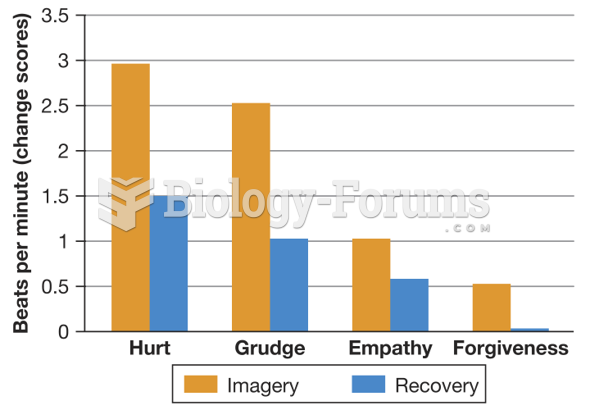|
|
|
People about to have surgery must tell their health care providers about all supplements they take.
As many as 28% of hospitalized patients requiring mechanical ventilators to help them breathe (for more than 48 hours) will develop ventilator-associated pneumonia. Current therapy involves intravenous antibiotics, but new antibiotics that can be inhaled (and more directly treat the infection) are being developed.
Atropine, along with scopolamine and hyoscyamine, is found in the Datura stramonium plant, which gives hallucinogenic effects and is also known as locoweed.
Cocaine was isolated in 1860 and first used as a local anesthetic in 1884. Its first clinical use was by Sigmund Freud to wean a patient from morphine addiction. The fictional character Sherlock Holmes was supposed to be addicted to cocaine by injection.
Eat fiber! A diet high in fiber can help lower cholesterol levels by as much as 10%.
 Aerial photo showing the placement of 24 study plots, each 50 m by 50 m, in the Chihuahuan Desert ne
Aerial photo showing the placement of 24 study plots, each 50 m by 50 m, in the Chihuahuan Desert ne
 Young adults increase in self-esteem between the ages of 18 and 25, according to this longitudinal s
Young adults increase in self-esteem between the ages of 18 and 25, according to this longitudinal s





